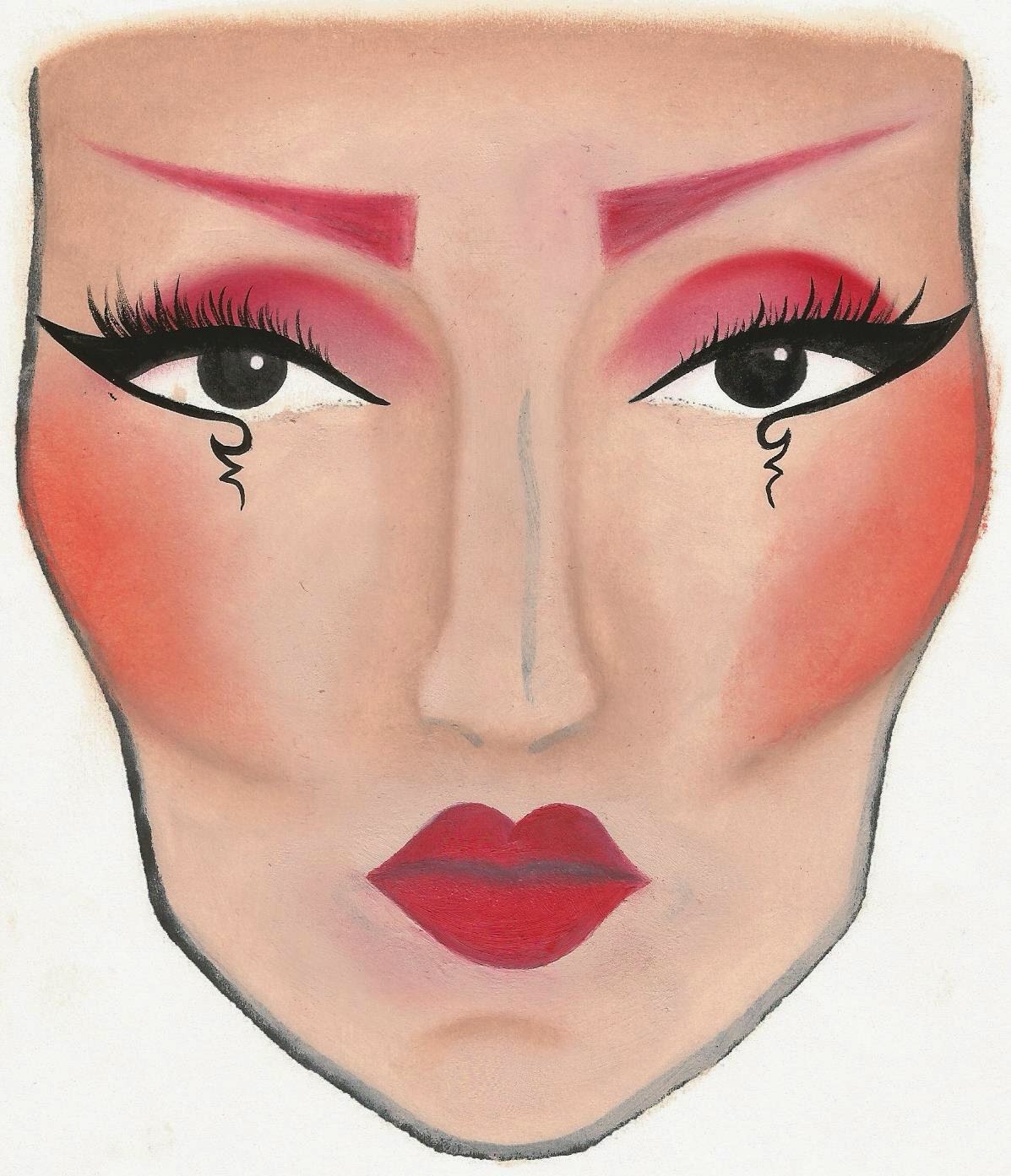Colour theory is often seen as being the universal guide to colour mixing and colour combination. The colour wheel is the visual aid for this, showing the three main colour categories: primary, secondary and tertiary. The basic concepts of colour theory have been in existence since the 1400's in the writings of scholars such as Leone Battista Alberti and Leonardo da Vinci, but Isaac Newton is often credited as having discovered the main principles of colour theory through his experiments with light refraction, and in 1706 he developed the first colour wheel.
 |
| A simple colour wheel showing which category each colour falls into |
The colour wheel is essential for understanding how colours are mixed to create different colours, and it shows us that infinite colour mixing is possible. The way in which the colour hues are organized in a circle shows the relationships between the individual colours in the three categories:
In the colour wheel above we can see that when red hues are mixed with yellow hues it creates orange hues. Red and yellow are both primary colours, and orange is the product of the combination of these two, meaning that it is a secondary colour. The secondary colours are created from mixing two primary colours and the tertiary colours are created by mixing a combination of primary and secondary colours. For example, when yellow hues (primary) and green hues (secondary) are mixed, yellow-greens are created (tertiary). By looking at a colour wheel we can see exactly what colours we need to combine in order to create the new colour of our choice.
In the arts, colour is the essential mean of conveying visual and sensual expression, whereas in psychology colours are the stimuli which influence behaviour and the psyche. Although these are two separate fields, interpretation of colour is key in both of them.
Defining Colour:
The three main factors of describing any colour is the lightness, the saturation and the hue. The hue is the specific tone of the colour and the saturation is the intensity of the hue. The level of saturation can be a grey tone, which means there is no saturation, or it can be extremely vivid, in which case there is a high level of saturation. Finally, the brightness of a colour is the level of lightness or darkness in a colour and this factor ranges from black (no brightness) to white (full brightness).
Colours can be divided into many different categories, and the following categories are very important when discussing colour theory:
- Analogous: Similar shades which are located together on a colour wheel
- Complementary: Colours which are located opposite eachother on a colour wheel
- Achromatic: Blacks, whites and greys (also referred to as greyscale)
- Neutral: Beige and brown hues, and colours with grey undertones
- Chromatic colours: The colours featured on a colour wheel
- Monochromatic: Working from one shade of a colour to another, for example the darkest shade of green to the lightest
Different shades of a colour can also be considered to be either "cool" or "warm." Cooler shades tend to have grey and blue undertones, whereas warmer colours have red and orange undertones. However, this doesn't mean to say that you can't have a cool red or a warm blue.

























